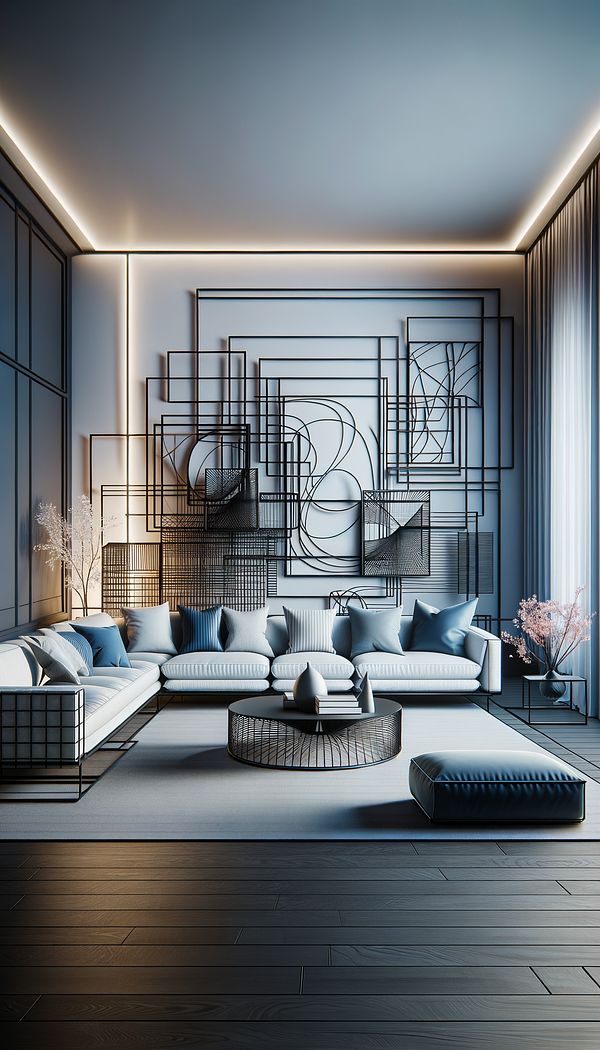What is Frame?
In interior design, frame refers to a structural element that surrounds or supports objects such as artwork, mirrors, or doors.
Description
In the realm of interior design, the concept of a frame goes beyond its most common association with artwork. While it indeed plays a crucial role in highlighting paintings or photographs, its applications and implications are far broader and more varied. At its core, a frame is any structural element that surrounds or supports objects, serving both aesthetic and functional purposes.
Frames come in an array of materials, styles, and finishes, making them integral elements in defining the overall design aesthetic of a room. In addition to framing art, they are used around mirrors to create focal points, on doors to enhance architectural details, and even as a part of furniture design. The choice of frame can significantly influence the perception of the item it surrounds, adding drama, elegance, or coherence to the space.
The design of a frame, from its thickness to its finish, plays a pivotal role in how it interacts with its surroundings. For example, a minimalistic metal frame might complement a modern decor theme, while an ornately carved wooden frame might better suit a traditional space. Thus, understanding the interplay between frames and the elements they encompass is crucial for any interior designer.
Usage
In a modern living room, for instance, sleek, thin frames might be used to house abstract art, lending an air of sophistication and continuity. In a traditional dining room, ornate wooden frames around mirrors can enhance the room's regal feeling. For a boutique hotel lobby, customized door frames can be a statement of the establishment’s unique style and attention to detail.
FAQs
-
Can frames only be used for artwork?
No, frames can be used for a variety of objects including mirrors, doors, and even as part of furniture design.
-
How do frames affect the style of a room?
Frames can significantly influence a room's style by adding elements of drama, elegance, or coherence, depending on their design and the context in which they are used.
-
What materials are commonly used in frames?
Frames can be made from a variety of materials including wood, metal, plastic, and even more unique options like fabric or recycled materials.
Practical Application
When selecting a frame, consider both the style of the object being framed and the overall design of the space. A well-chosen frame should complement the item it surrounds and enhance the room's aesthetic. Also, think about the practical aspects, such as the weight of the frame if it’s meant to hang on a wall, to ensure it fits your design needs without compromising on safety or sustainability.
-
Design Styles478 articles
-
Furniture Types599 articles
-
Decorative Techniques322 articles
-
Window Treatments65 articles
-
Wall Treatments & Finishes157 articles
-
Twin Extra LongTwin Extra Long (Twin XL) is a mattress size that is longer than a standard twin.
-
Chair RailChair rail is a type of molding fixed horizontally to the wall around the perimeter of a room.
-
Early RenaissanceThe Early Renaissance is a period in art and architecture characterized by a revival of Classical influences and a focus on symmetry, proportion, and harmony.
-
Tavern TableA Tavern Table is a type of small, typically rectangular or circular table, historically used in taverns.
-
Drop LeafDrop leaf is a type of table or desk design featuring one or more hinged leaves that can be lowered or raised to adjust the surface area.
